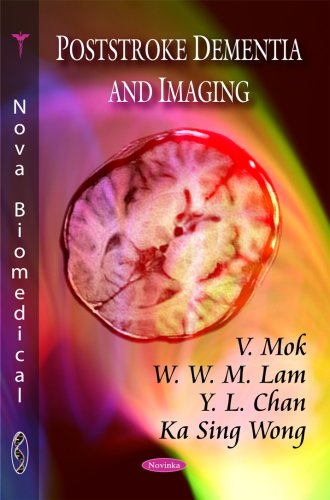(Ebook) Poststroke Dementia and Imaging by V. Vok, W. M. Lam, Y. L. Chan, Ka Sing Wong ISBN 9781606922477, 9781608764228, 1606922475, 1608764222
Stroke increases the risk of dementia by approximate 2-9 times. World wide, vascular dementia (VaD) is the second commonest cause of dementia. Presence of post-stroke dementia (PSD) reduces survival among stroke survivors and increases risk of long term stroke recurrence. Varying severity levels of cognitive impairment affects functional outcome independent of physical impairment. With an ageing population, burden of PSD is expected to rise. Although PSD is prevalent, relevant to mortality and morbidity, and is potentially more preventable than Alzheimer's disease (AD), it has received less attention relative to post-stroke physical impairment or to AD. It is not until the last decade that more attention has been paid to PSD. Historically, in the late 19th century, VaD was considered to be the commonest cause of dementia. It was thought that dementia was due to a relentless strangulation of the brain's blood supply, resulting in degeneration of the brain and dementia.In the middle of the 20th century, pathological studies have begun to reveal that senile plaques and neurofibrillary tangles, rather than vascular lesions, were key findings among most of the elderly demented patients with atrophic brains. In the early 70s, VaD was thought to be uncommon and the mechanism of VaD was attributed to multiple small or large cerebral infarcts (multi-infarct dementia). In recent decades, advances of neuroimaging have enhanced greatly our understanding on VaD, its complexity far exceeds that of the concept of multi-infarct dementia. The authors aim to review the current understanding of PSD and its imaging. Poststroke dementia will first be defined. Following that, foundational issues of PSD including its classification, pathology, prevalence, and cognitive pattern will be reviewed. This sets the background for discussing the imaging aspects relevant to PSD.
*Free conversion of into popular formats such as PDF, DOCX, DOC, AZW, EPUB, and MOBI after payment.


